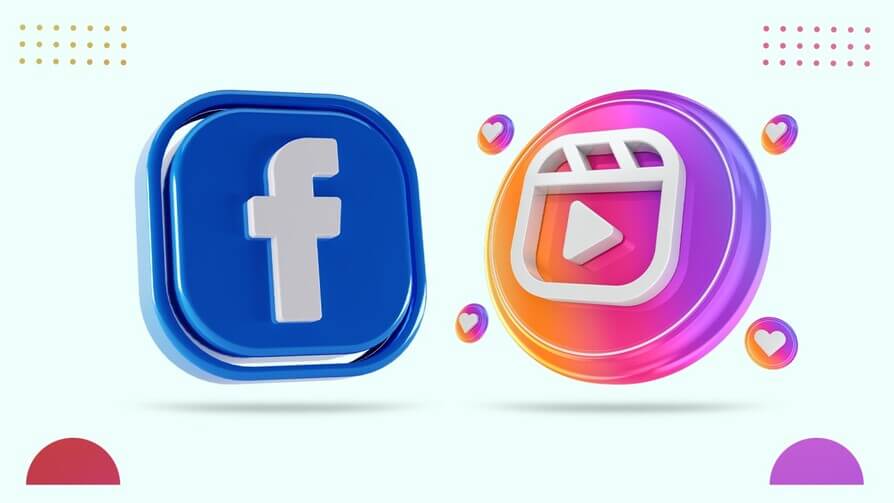Content Attributes
Today, in this digital age, multichannel or Omnichannel is not a big deal when you can have only online support. As business owners or customers, we all have our comfort zones therefore some people like email, some prefer live chats, some love quickly connecting on the call, while some will avoid it at any cost. In this article, we are going to cover different aspects and some best practices of omnichannel customer support. This is going to help customers find their convenience and businesses set up their customer support systems effectively.
Customer support is the backbone of any business, considering the cost of inaction and losing clients, this is serious business. While one customer can get you millions of businesses if they become your loyal customer and refer you, customer acquisition itself is a tedious job and requires a lot of investment in the form of time, money, and energy. Therefore, it is always better to retain the client.
So, let us get to the best practices of omnichannel customer support.
1. Priority to devices and channels
Omnichannel doesn’t use the strategy of using modern communication skills. It is a wise approach to focus on the devices and channels that your audience loves watching. But how can you identify what your audience needs from your service? A simple method is to check for what they say on different channels. You can do it by utilizing social media where people make such posts. Also, you can prefer marketing automation analysis to understand the preferences of your audience.
The market is indeed full of different channels. It makes it hard to analyze and collect all the statements that people say about them. Due to such a huge network, identifying, collecting, and analyzing the preferences of the customers is not an easy task. A successful omnichannel technique doesn’t depend on cross-channel information. With the omnichannel strategy, you are free to view and analyze your work. Here, you can go through the criticism and take it as pieces of advice that you can follow to improve.
2. Customer Persona
For market segmentation, you need to create the customer or buyer persona. You have to make sure that you make a detailed persona full of information that you can collect from the buying habits of your customers. The easiest way is monitoring a customer who makes purchases regularly. Look for his attitude and habit when he or she is purchasing a particular product. Gathering such information will help you a lot while you are creating the customer persona.
Goes without saying, invest in a good business internet, this will ensure a good response rate from your end too. Looking for recommendations? Start your research with Windstream internet packages.
3. Audience Segmentation
After monitoring your customers and their attitude towards buying the products, you can split the audience for better results. This splitting of the audience is known as audience segmentation. Platforms such as CRM target automatically according to the persona of every customer. The process helps them create the content depending on the preference of every customer. The smart strategy lets your customers feel that you care and respect their interests. You can use the same methodology for email marketing and tickets.
4. Customer Support Is the Key
Customer support plays a crucial role in running your business. Friendly customer support is what makes sure you develop and maintain a long-term relationship with your customers. You can call customer support the backbone of every business and company. Your customers contact customer support in case of any queries. If you have friendly customer support, your business will manage to retain old customers and hook new customers.
Conclusive Notes
You can invest millions of dollars in creating systems but excellent human relationships will win. Make sure the customer support teams are well equipped, constantly informed about the updates (if any), and possess soft skills. Human connections beat all the fancy systems, focus on building long-term connections and they will understand hiccups like technical glitches instead of getting agitated. Either way, customers constantly complaining, rings the bell that the end product needs to be good so it doesn’t bring complaints too often.



